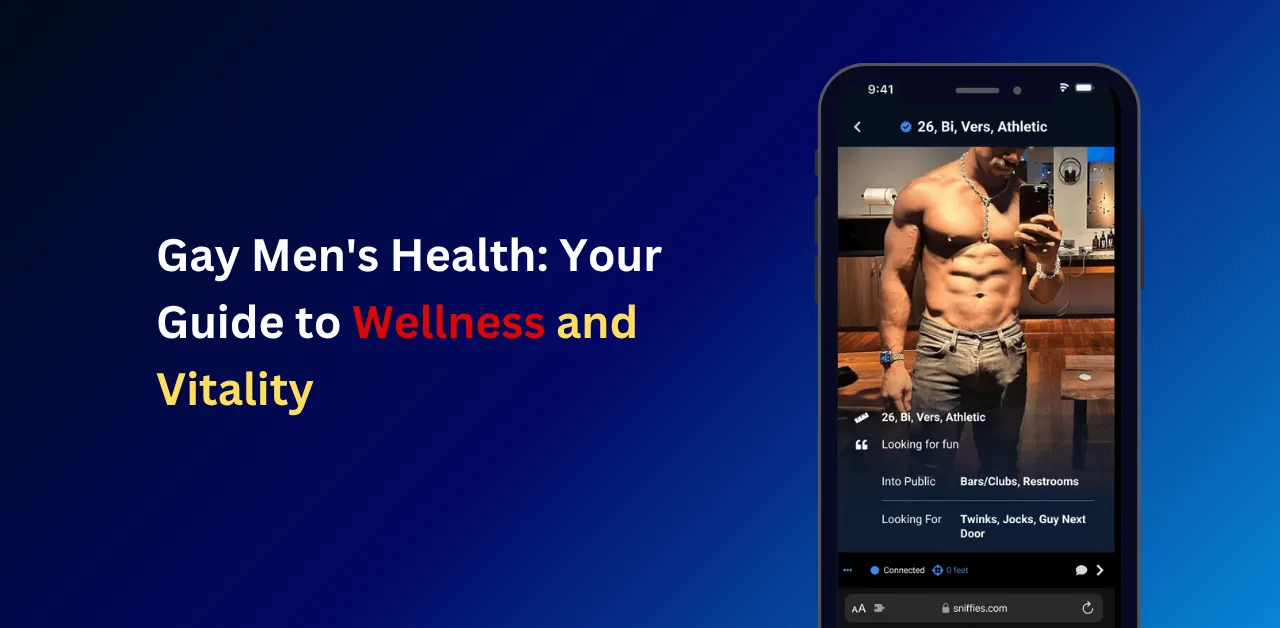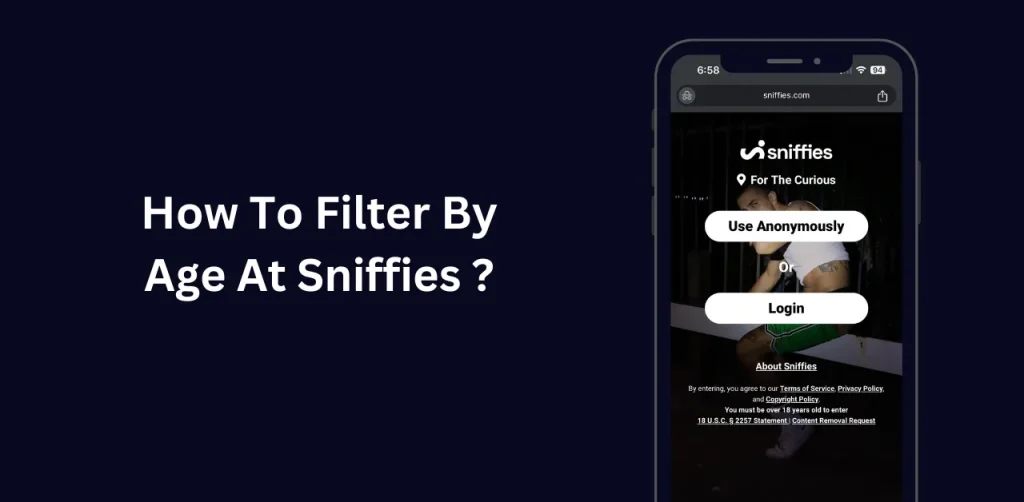Gay Men’s Health: Your Guide to Wellness and Vitality

Are you seeking ways to prioritize your health as a gay man? From navigating mental health challenges to staying proactive about sexual wellness, gay men’s health demands tailored care. Imagine feeling empowered with practical steps to boost your well-being. This guide delivers expert insights on physical, mental, and sexual health, including HIV prevention and community support, to help you thrive. Start your journey to better health today!
Sexual Health
Sexual health is a cornerstone of well-being for gay men. Research suggests men who have sex with men face higher risks for certain conditions, but proactive steps can make a difference.
Gay Men’s Health Needs
Gay men’s health encompasses physical, mental, and sexual well-being, shaped by unique social and cultural factors. Top-ranking pages, like those from the CDC and Healthline, emphasize informational intent, focusing on education and prevention. They use clear headings, bullet points, and infographics to enhance scannability. User pain points, identified via Google’s ‘People Also Ask,’ include mental health stigma, HIV risks, and accessing affirming care. This guide addresses these with actionable, inclusive advice.
Key Health Areas
- Physical Health: Regular check-ups, exercise, and nutrition are vital.
- Mental Health: Anxiety and depression are common due to societal pressures.
- Sexual Health: STI prevention and regular testing are critical.
Cancer Screenings
Regular screenings are vital for early cancer detection. Gay men should be aware of specific risks:
- Anal Cancer: Men who have sex with men, particularly those with HIV or HPV, face a higher risk of anal cancer. Anal Pap tests can detect precancerous cells, especially for those with a history of HPV.
- Prostate, Testicular, and Colon Cancer: Follow standard screening guidelines (e.g., prostate exams starting at age 50, or earlier with risk factors). Discuss personal risk factors with your doctor to tailor screening plans.
Finding the Right Health Care
Accessing LGBTQ+-friendly healthcare is crucial for effective care. Providers who understand gay men’s health needs create a safe environment for open discussions.
- Use directories like the GLMA Healthcare Directory to find affirming providers: GLMA Healthcare Directory.
- Be open about your sexual orientation with your provider to ensure tailored screenings and advice.
- If a provider seems uncomfortable, seek another who aligns with your needs.
Physical Health: Building a Strong Foundation
Physical health forms the cornerstone of well-being. Regular exercise—30 minutes daily, five days a week—improves heart health and energy, per CDC guidelines. A balanced diet rich in fruits, vegetables, and lean proteins supports immunity. Annual check-ups catch issues early, especially for conditions like hypertension, which affects 30% of gay men, according to a 2023 study.
Actionable Tips
- Exercise Regularly: Try cardio or strength training to boost mood and stamina.
- Eat Balanced Meals: Focus on whole foods; limit processed sugars.
- Schedule Check-Ups: Visit a queer-affirming doctor annually.
Mental Health: Addressing Stigma and Stress
Mental health challenges, like anxiety or depression, affect 40% of gay men, per the American Psychological Association. Stigma and discrimination often exacerbate these issues. Therapy, support groups, and mindfulness practices can help. Online platforms like Trevor Project offer 24/7 crisis support for LGBTQ+ individuals.
Coping Strategies
- Seek Therapy: Cognitive behavioral therapy (CBT) reduces anxiety.
- Join Support Groups: Connect with local or online LGBTQ+ communities.
- Practice Mindfulness: Daily meditation lowers stress in 10 minutes.
Sexual Health: Prioritizing Safety and Testing
Sexual health is a priority, with HIV and STIs being key concerns. The CDC reports gay men account for 70% of new HIV diagnoses in the U.S. Regular testing, PrEP (pre-exposure prophylaxis), and condom use reduce risks. Open communication with partners about health status builds trust.
Sexual Health Checklist
- Get Tested Regularly: Every 3-6 months for STIs and HIV.
- Consider PrEP: A daily pill reduces HIV risk by 99%.
- Use Protection: Condoms prevent STIs and unplanned pregnancies.
HIV Prevention and Management
HIV prevention is critical. PrEP, when taken consistently, is highly effective. For those living with HIV, antiretroviral therapy (ART) ensures an undetectable viral load, meaning no transmission risk. Regular consultations with a healthcare provider ensure effective management.
Key Facts
- PrEP Access: Available through most queer-affirming clinics.
- ART Benefits: Undetectable = Untransmittable (U=U).
- Testing Sites: Free or low-cost options at community health centers.
Navigating Healthcare as a Gay Man
Accessing affirming healthcare can be challenging. Look for providers trained in LGBTQ+ care, often listed on sites like GLMAscenes.org. Telehealth options are expanding, offering discreet consultations.
Finding Affirming Care
- Research Providers: Check GLMA’s directory for queer-friendly doctors.
- Ask Questions: Ensure providers understand LGBTQ+ health needs.
- Use Telehealth: Platforms like PlushCare offer private consultations.
Community Support and Resources
LGBTQ+ community centers provide support groups, health workshops, and social events. Online forums like Reddit’s r/LGBT offer peer advice. Engaging with these resources fosters connection and resilience.
Top Resources
- CDC: HIV Prevention
- Trevor Project: Mental Health Support
- GLMA: Health Professionals Advancing LGBTQ Equality
Conclusion
Gay men’s health requires a holistic approach, addressing physical, mental, and sexual well-being. Regular check-ups, therapy, and community support empower you to thrive. Prioritize HIV prevention, seek affirming care, and engage with supportive networks. Take charge of your health today for a stronger, happier future!
You can also read our article on Current State of HIV/AIDS in the Gay and Relationships in the Gay Community to learn more.






